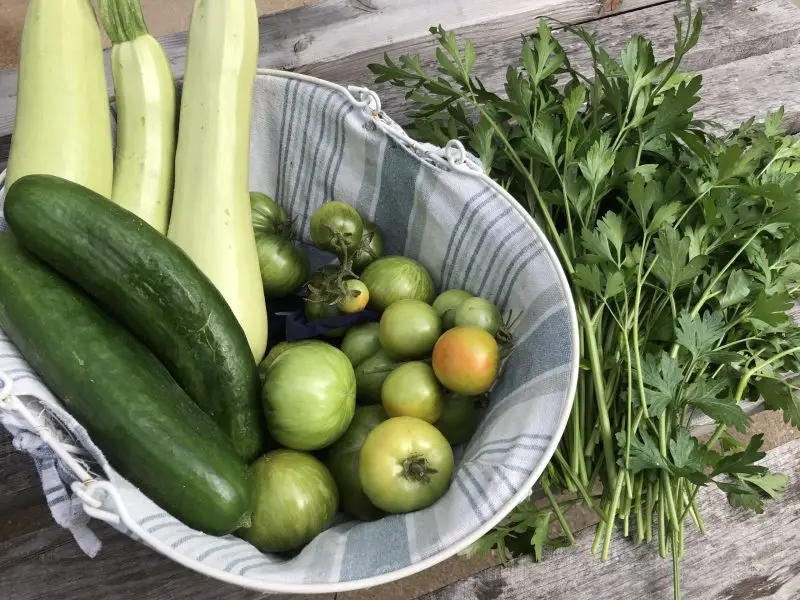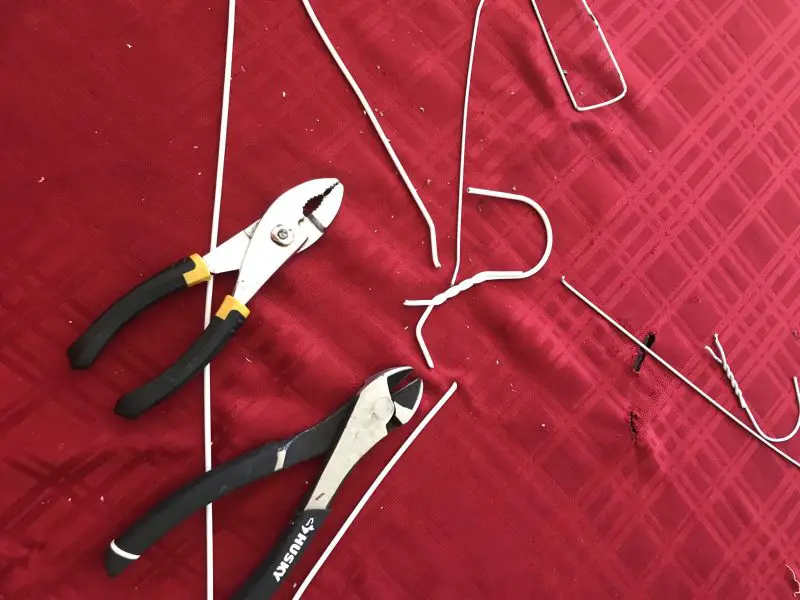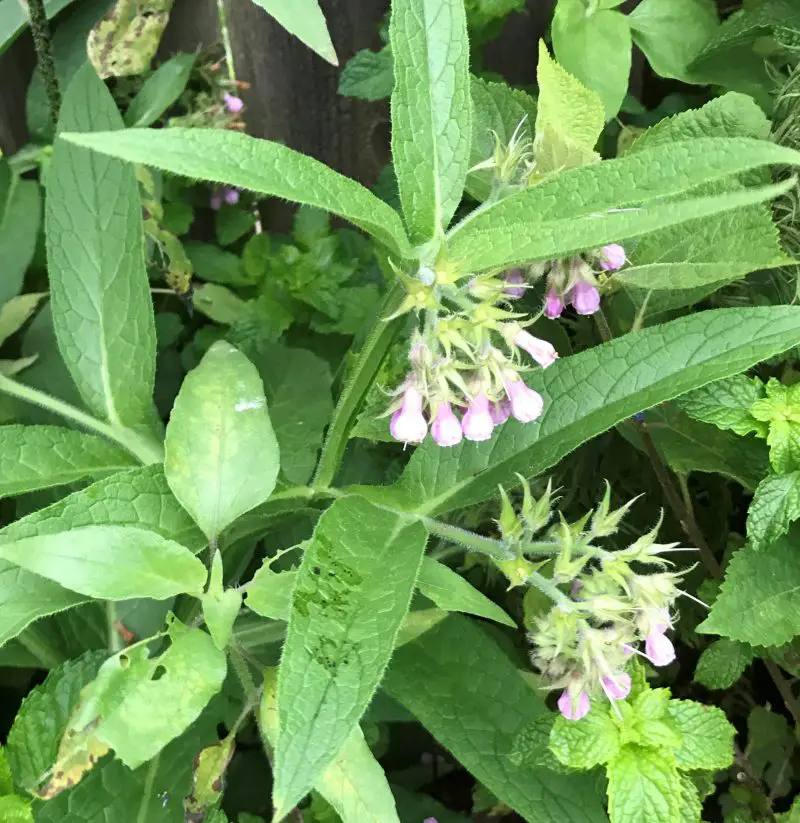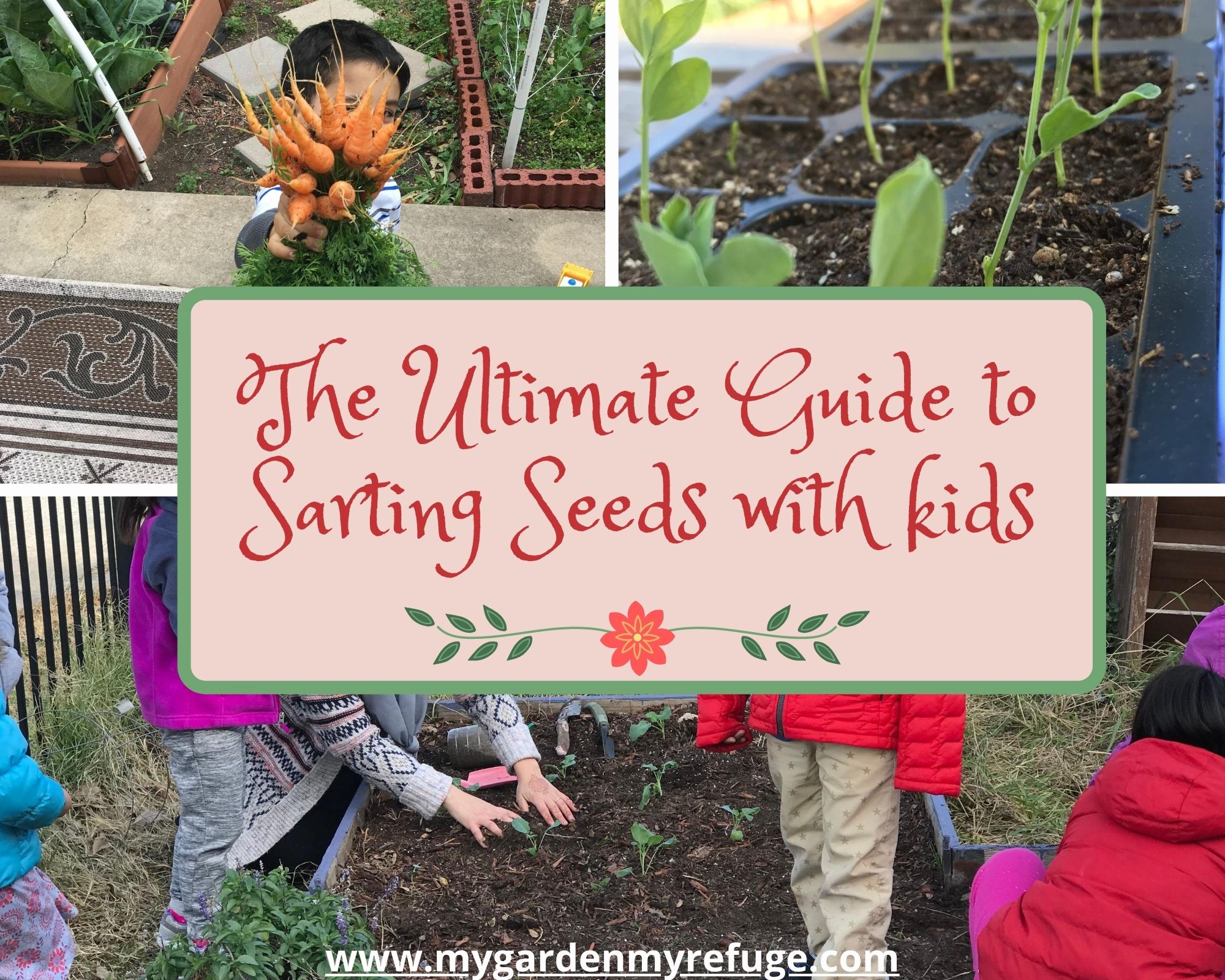In the south, we are lucky to be able to garden year-round. However, there is a misconception among new gardeners about treating crops as perennials. Most vegetables are annual plants that grow for one season and then die, which may disappoint some newbies who expect a non-stop harvest. The truth is the heat of the summer in the south is brutal on many plants. To survive, plants go to seed to produce a new life. Experienced gardeners used this cycle to their advantage and implemented it to extend the harvest. Let’s see how to make nature be on our side instead of fighting it.
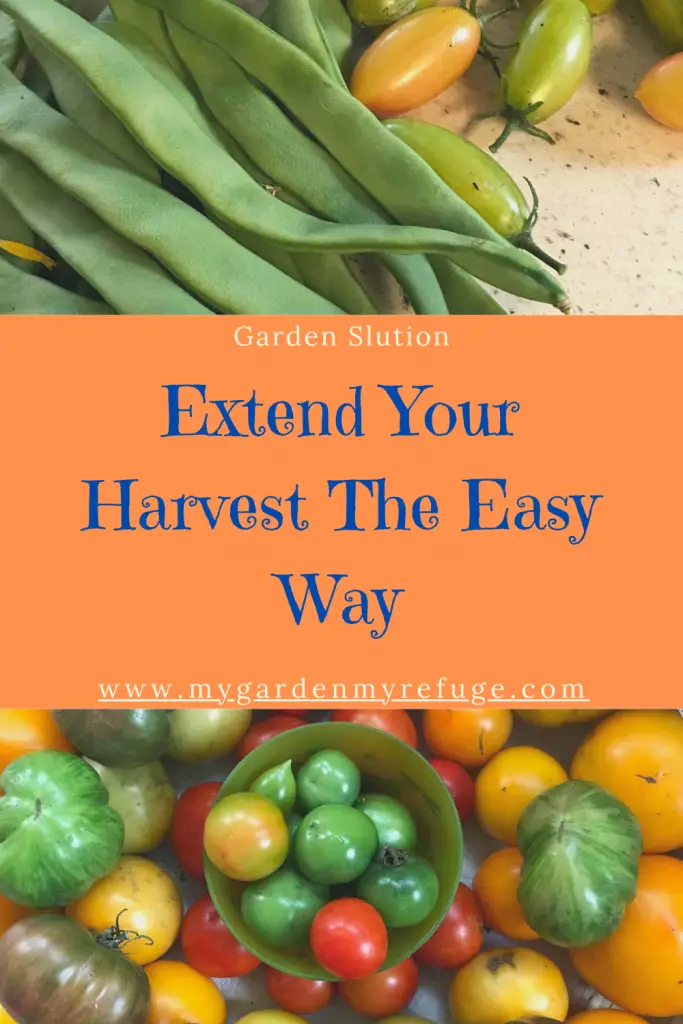
# 1 Extend in the edges of the season
Every season has a starting and an ending point. For example, the warm season in the south usually begins in late March and ends in late September. So, avoid planting everything all at once at the start of the season. Instead, schedule two plantings; one early in the season and a second mid-way through.
#2 Take advantage of maturity time
This point ties in with the previous one. When shopping for seeds or transplants, pay attention to maturity time. The latter is the time it takes from transplant to production ( excluding germination time if you start from seed). To use this to your advantage, plant varieties with longer maturity time early in the season, then succession plant with short-maturing crops. By doing so, you lower your risk of early frost damage.
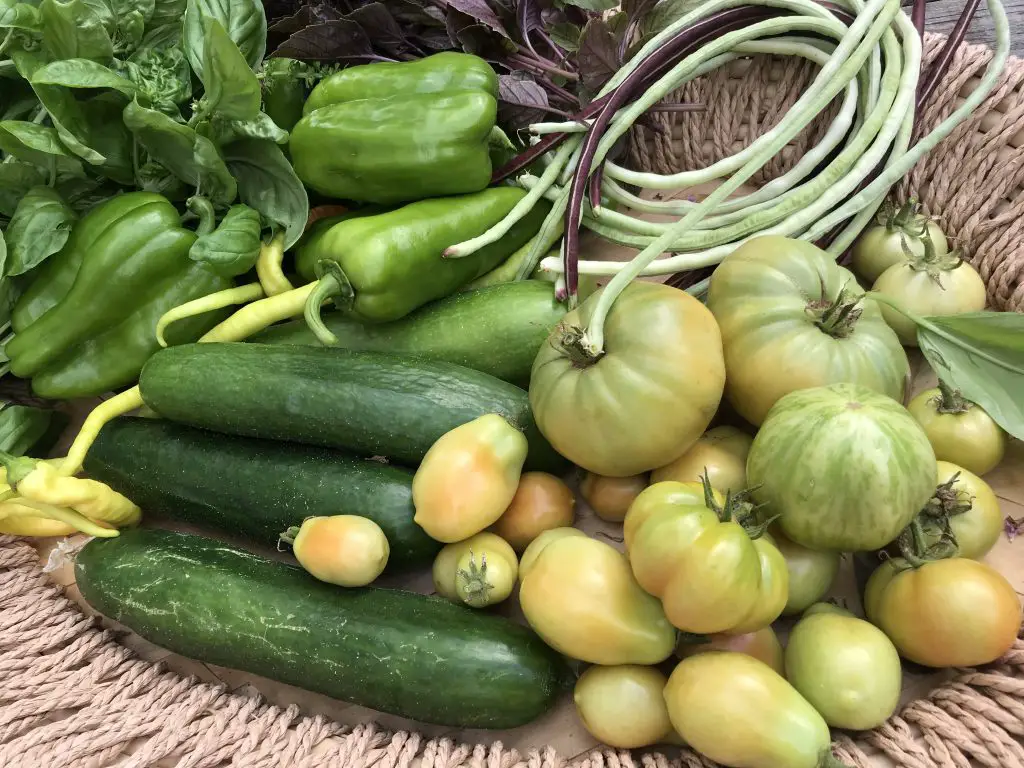
#3 Understand your growing seasons
In the south, the growing seasons come as cool, warm, hot, then warm again. We do not have a cold season like the northerners since we hardly reach the freezing point. However, the hot season makes it hard to keep our gardens alive. Considering this, choose crops that do well in warm or hot conditions. Otherwise, plan to put your garden to rest for the hot months, then resume gardening in the fall.
#4 Choose the suitable crops
After knowing the growing seasons, it is easier to make the proper crop selection. Flipping through seed catalogs is tempting, but making wise decisions is critical for a successful garden. For the southern regions, slow-bolting, heat-tolerant, disease-resistant, and pest-resistant varieties are the way to go.
#5 Apply high-density planting
High-density planting is a method of maximizing the space by planting much closer than regular farmers. Urban gardeners widely use this method. Inspired by the Square Foot Gardening method developed by Mel Bartholomew, it promotes more clever use of growing spaces. Using this method, you get a higher yield per square foot than the traditional spacing method.
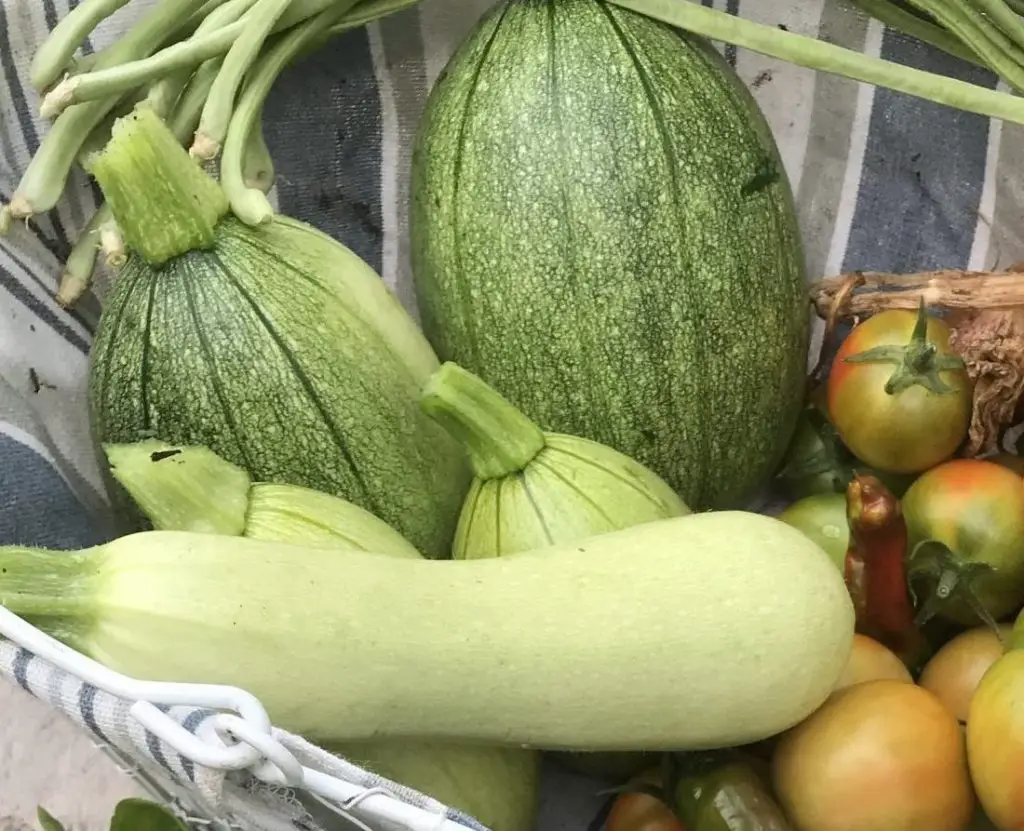
#6 Start seeds
Everyone knows that starting seeds indoors gives us a head start on the season. How about starting seeds to extend the season and the harvest?
We can do so with cucumbers, beans, tomatoes, and squashes. Once the temperatures hit the hundreds, spring-planted plants start slowing production. Before they stop completely, I start new plants indoors or in a shaded area. By the time the old plants give up, the new ones are already flowering and are close to producing.
#7 Succession plant
All previous points are interrelated, and succession planting is no different. You might have gotten a glimpse of it when we talked about extending in the edges of the season and considering maturity time. What I mean by succession planting is to plant in increments of time. Let’s take the example of green beans. Instead of planting a four-by-eight bed at once, split the task into two-week intervals to avoid getting all your harvest in one shot.
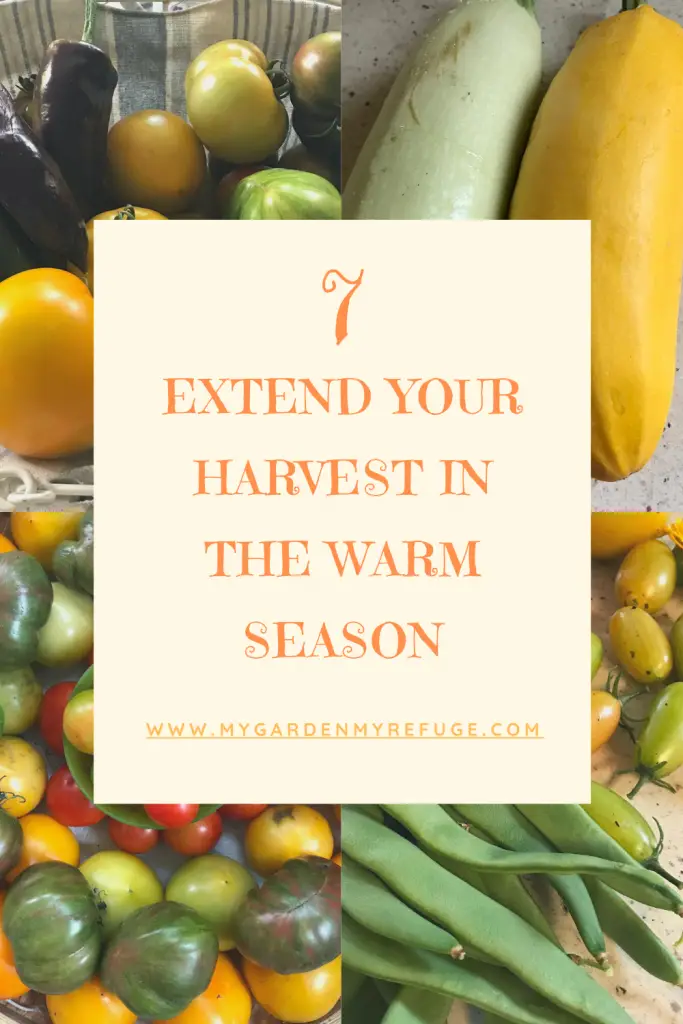
Conclusion
It may seem redundant, but it is all about gardening smart, not hard. While all the points raised previously may seem to hover around the same idea, the truth is they apply differently to each crop. For example, you do not need to succession plant eggplants and peppers. Since they are crops that grow and produce all season long, choose the right variety for your area.
I hope you got a good idea of how to extend your harvest. The goal is to eat fresh for the longest possible and delay preservation until the end of the season.
